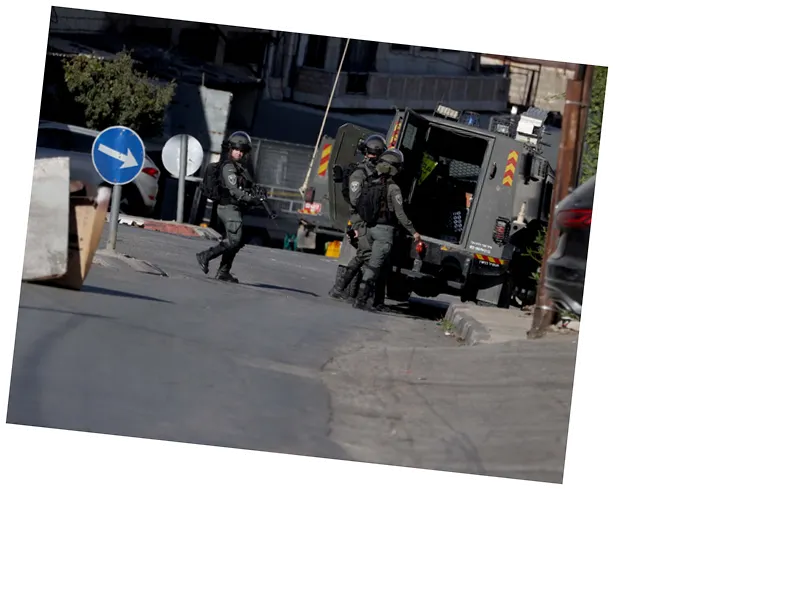The recent surge of Israeli military operations in the West Bank, particularly in Tulkarm, Jenin, and Tubas, has raised alarm among Palestinian communities and international observers. On Monday evening, a series of drone strikes in the Nour Shams camp resulted in the deaths of five Palestinians, adding to the escalating toll of violence that has claimed the lives of eleven Palestinians in just one day. This wave of airstrikes is part of a broader military strategy employed by Israel, which has seen a significant increase in aerial bombardments since October 7, 2023, amid ongoing tensions in the region.
The Palestinian Ministry of Health reported that since the onset of these military actions, there have been 662 Palestinian fatalities and over 5,400 injuries in the West Bank. Israeli Defense Minister Yoav Galant has indicated that the restrictions on the use of air force in the West Bank were lifted months ago, citing perceived threats from Iran and Hezbollah as justifications for these escalated operations. Galant warned of possible further expansions of military action to eliminate armed groups and enhance security in Israeli settlements.
In response to the air strikes, Palestinian resistance fighters have resorted to unconventional tactics, employing simple tools to evade detection by Israeli drones. This resilience is echoed by Palestinian officials who assert that the ongoing military operations reflect Israel's fear of ground resistance. Experts suggest that the increased reliance on aerial bombardments indicates Israel's struggle to contain the growing capabilities of Palestinian factions, which have adapted their strategies in response to military pressures.
Despite international criticism, Israeli military actions continue unabated. Political analysts argue that Israel operates under a perception of impunity, unbothered by external pressures or condemnation. The ongoing conflict has not only led to a humanitarian crisis in Gaza, with reports of over 134,000 casualties, but has also intensified the cycle of violence in the West Bank. The situation remains precarious as both sides prepare for continued confrontations.
- The conflict has deep historical roots, with Israel's military strategies evolving in response to both internal and external pressures. The use of drone technology marks a significant shift in modern warfare, allowing for precision strikes while minimizing the risk to Israeli soldiers. However, this has also led to increased civilian casualties and further entrenchment of resistance movements among Palestinians.
- The narrative surrounding the conflict is complex, with various stakeholders contributing to the ongoing tensions. Human rights organizations have called for accountability regarding the humanitarian impact of military operations, emphasizing the need for a peaceful resolution to prevent further loss of life and suffering.






